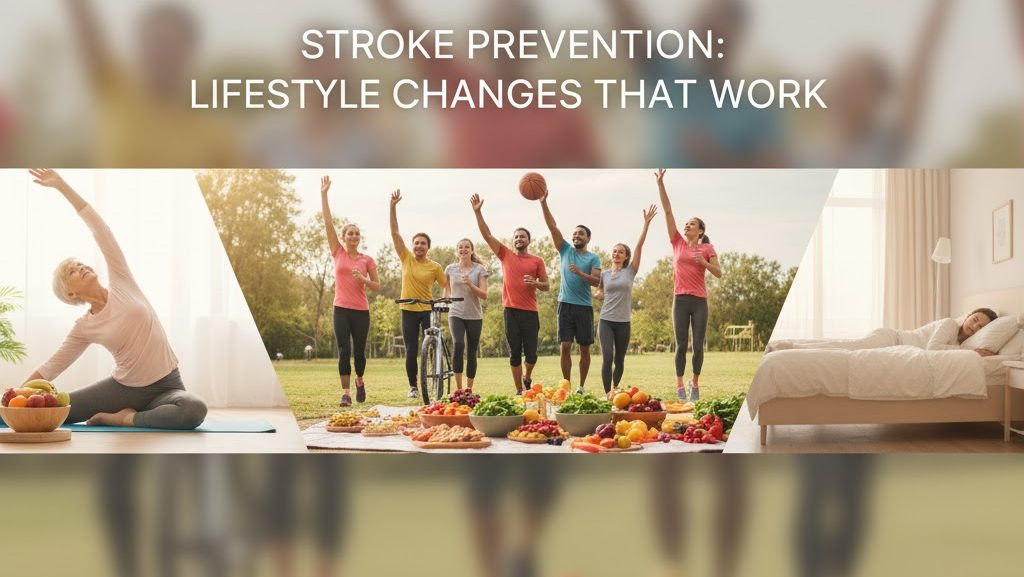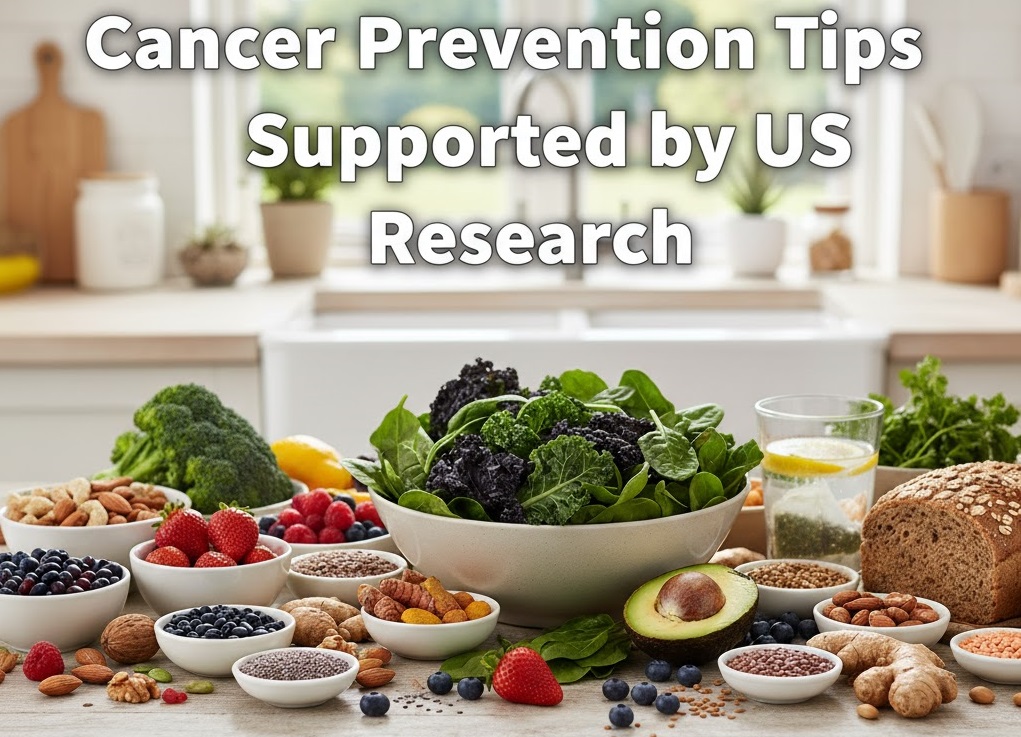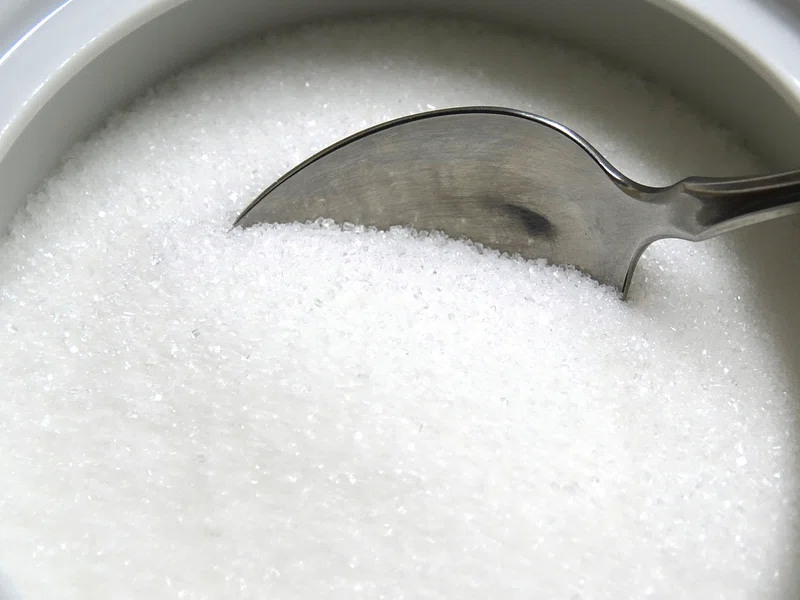Every year, nearly 800,000 Americans experience a stroke, according to the Centers for Disease Control and Prevention (CDC). It remains one of the leading causes of death and disability in the United States. Yet, what many people don’t realize is that up to 80% of strokes are preventable through lifestyle changes and risk management.
This comprehensive guide explores how small, sustainable lifestyle changes can dramatically reduce stroke risk. You’ll learn what causes strokes, key risk factors, and actionable strategies backed by science to safeguard your brain and heart health.
What Is a Stroke?
A stroke occurs when blood flow to the brain is interrupted, depriving brain cells of oxygen and nutrients. Without immediate treatment, brain cells begin to die within minutes.
There are two main types of stroke:
| Stroke Type | Description | Common Causes |
|---|---|---|
| Ischemic Stroke | Caused by a blockage (blood clot) that prevents blood flow to the brain | High cholesterol, atherosclerosis, heart disease |
| Hemorrhagic Stroke | Caused by a ruptured blood vessel leading to bleeding in or around the brain | High blood pressure, aneurysm, trauma |
A Transient Ischemic Attack (TIA), often called a mini-stroke, produces similar symptoms but lasts only a few minutes. However, it’s a critical warning sign of future stroke risk.
Why Stroke Prevention Matters
Beyond the immediate danger, a stroke can have life-altering effects. Survivors often face paralysis, speech difficulties, memory loss, or emotional challenges.
Moreover, according to the American Heart Association (AHA), stroke survivors have a fivefold higher risk of having another stroke within five years.
The good news: research consistently shows that modifiable lifestyle factors — diet, exercise, stress, and sleep — can substantially lower risk.
Major Risk Factors for Stroke
1. High Blood Pressure (Hypertension)
Hypertension is the #1 risk factor for stroke. It weakens arteries and makes them more prone to rupture or blockage.
A Harvard Medical School study found that controlling high blood pressure can cut stroke risk by 48%.
2. High Cholesterol
Excess LDL (“bad”) cholesterol contributes to plaque buildup, narrowing arteries and reducing blood flow to the brain.
Maintaining healthy cholesterol through diet and medication can reduce ischemic stroke risk by up to 25%, according to the University of Oxford.
3. Diabetes
People with diabetes have double the stroke risk of non-diabetics. High blood sugar damages blood vessels and accelerates atherosclerosis.
4. Smoking
Nicotine thickens blood, while carbon monoxide lowers oxygen supply. The result: a twofold increase in stroke risk.
The University of California, San Francisco found that quitting smoking reduces risk to near-normal levels within five years.
5. Obesity and Inactivity
A sedentary lifestyle and excess body weight increase blood pressure and cholesterol — both stroke triggers.
Studies by the University of Michigan show that moderate weight loss (even 5–10%) significantly improves vascular health.
6. Unhealthy Diet
Diets high in salt, sugar, and saturated fat are closely linked to hypertension and cardiovascular disease.
7. Stress and Sleep Deprivation
Chronic stress and poor sleep elevate cortisol and inflammation, both of which can impair heart and brain function.
How Lifestyle Changes Can Prevent Stroke
While genetics play a role, lifestyle choices are the most powerful defense. Here’s how to take control of your risk.
1. Adopt a Heart-Healthy Diet
A balanced, nutrient-dense diet helps control blood pressure, cholesterol, and weight — three cornerstones of stroke prevention.
The Best Diets for Stroke Prevention
| Diet Plan | Key Features | Proven Benefits |
|---|---|---|
| Mediterranean Diet | High in fruits, vegetables, olive oil, fish, and whole grains | Reduces stroke risk by up to 30% (Harvard School of Public Health) |
| DASH Diet (Dietary Approaches to Stop Hypertension) | Low in sodium, high in potassium and fiber | Lowers systolic blood pressure by 11 points |
| Plant-Based Diet | Focus on whole foods, minimal animal products | Reduces LDL cholesterol and inflammation |
Smart Eating Habits
- Eat more leafy greens (spinach, kale) — they contain nitrates that improve vascular elasticity.
- Replace red meat with fish or legumes rich in omega-3s.
- Cut back on added sugars and salt. The AHA recommends under 1,500 mg of sodium daily.
- Choose whole grains over refined carbs to stabilize blood sugar.
A University of Cambridge study found that people who ate five servings of fruits and vegetables daily had a 26% lower risk of stroke.
2. Maintain a Healthy Weight
Obesity stresses the cardiovascular system. The CDC reports that people with obesity are 1.5 times more likely to have a stroke.
Practical Tips
- Aim for a Body Mass Index (BMI) between 18.5 and 24.9.
- Use portion control — smaller plates, mindful eating, and avoiding second helpings.
- Choose high-fiber foods (beans, oats, apples) to promote satiety.
According to the University of Pittsburgh’s Obesity and Nutrition Research Center, losing even 10 pounds can significantly lower blood pressure and stroke risk.
3. Exercise Regularly
Exercise strengthens the heart, lowers blood pressure, and improves blood circulation.
Recommended Routine
| Activity Type | Duration per Week | Example |
|---|---|---|
| Aerobic (Cardio) | 150 minutes | Brisk walking, cycling, swimming |
| Strength Training | 2–3 sessions | Resistance bands, light weights |
| Flexibility & Balance | 2 sessions | Yoga, tai chi, stretching |
Research from the University of South Carolina found that people who walked briskly for 30 minutes daily had a 43% lower risk of stroke than sedentary adults.
Pro Tip: Start slow — even short 10-minute walks after meals can improve blood vessel function and lower blood sugar.
4. Quit Smoking and Limit Alcohol
Smoking damages blood vessels, while excessive alcohol raises blood pressure.
What Works Best:
- Set a quit date and seek professional support.
- Use nicotine replacement therapy (patches, gum, or prescribed medication).
- Limit alcohol to one drink per day for women, two for men (CDC guideline).
A Johns Hopkins University study showed that smokers who quit saw immediate improvements in circulation and blood oxygen levels, reducing stroke risk within weeks.
5. Control Blood Pressure and Cholesterol
Hypertension and high cholesterol are called “silent killers” for a reason — they often go unnoticed until a major event occurs.
Key Actions:
- Monitor blood pressure at home weekly.
- Follow a low-sodium, high-potassium diet (bananas, avocados, spinach).
- Discuss cholesterol-lowering medications (like statins) with your doctor if necessary.
The Framingham Heart Study (conducted by Boston University) found that each 10 mmHg decrease in systolic pressure lowers stroke risk by 30%.
6. Manage Diabetes Effectively
If you have diabetes, managing blood sugar is critical.
High glucose levels damage blood vessel walls and promote clot formation.
Effective Management Tips
- Monitor A1C levels regularly (target: below 7%).
- Combine balanced meals with exercise to enhance insulin sensitivity.
- Avoid high-glycemic foods like white bread, soda, and pastries.
The University of Toronto found that intensive blood sugar control can cut stroke risk by up to 24% among diabetics.
7. Prioritize Quality Sleep
Poor sleep increases inflammation and blood pressure.
Aim for 7–9 hours of sleep each night to restore cardiovascular balance.
A Harvard Medical School study found that people sleeping less than 6 hours per night had a fourfold increase in stroke risk compared to those getting adequate rest.
Sleep Hygiene Tips
- Maintain a regular sleep schedule.
- Avoid screens 30 minutes before bed.
- Keep your bedroom cool and dark.
- Manage snoring or sleep apnea (consult a sleep specialist if needed).
8. Reduce Stress and Practice Mindfulness
Chronic stress triggers hormonal changes that elevate blood pressure and inflammation.
Incorporating mindfulness-based techniques can protect your heart and brain.
Stress Management Strategies
| Technique | Benefit | Duration |
|---|---|---|
| Deep Breathing Exercises | Lowers heart rate and stress hormones | 5–10 minutes daily |
| Yoga or Tai Chi | Enhances flexibility and relaxation | 2–3 sessions per week |
| Meditation or Prayer | Improves emotional well-being | 15 minutes daily |
A University of Wisconsin–Madison study showed that mindfulness meditation reduces blood pressure and anxiety levels, both major contributors to stroke.
9. Stay Hydrated
Dehydration thickens blood, making clots more likely to form.
Drink 6–8 glasses of water daily, adjusting for activity and climate.
Limit caffeinated and sugary beverages, which can increase dehydration risk.
10. Regular Health Screenings
Early detection of risk factors like hypertension, diabetes, and high cholesterol can prevent stroke before it happens.
Essential Screenings
- Blood pressure: Every 3–6 months
- Cholesterol: Every 1–2 years
- Blood glucose: Annually
- Body weight and waist circumference: Regularly
According to the Mayo Clinic, routine health checkups are among the most cost-effective forms of preventive care in stroke reduction.
Scientific Research Supporting Lifestyle-Based Stroke Prevention
University-led studies continue to reinforce the link between healthy living and reduced stroke incidence:
- Harvard T.H. Chan School of Public Health found that adopting five key lifestyle habits — healthy diet, exercise, no smoking, moderate drinking, and maintaining weight — could extend life expectancy by over a decade.
- Stanford University research shows that consistent physical activity improves endothelial function, making arteries more resilient to blockages.
- University of Oxford discovered that diets rich in fiber and polyphenols (from fruits and nuts) reduce stroke risk through improved gut and vascular health.
Frequently Asked Questions (FAQs)
1. What are the first signs of a stroke?
Common symptoms include sudden numbness (especially on one side), confusion, difficulty speaking, vision problems, dizziness, or loss of coordination. If these occur, seek emergency medical help immediately — time is brain.
2. Can lifestyle changes really prevent stroke without medication?
Yes. Research indicates that healthy lifestyle habits alone can reduce stroke risk by up to 80%, though medication may still be necessary for high-risk individuals.
3. Does coffee increase stroke risk?
Moderate coffee consumption (1–2 cups daily) is generally safe and may even lower risk due to antioxidants. However, excessive caffeine can elevate blood pressure temporarily.
4. How does stress contribute to stroke?
Stress increases cortisol and adrenaline, raising heart rate and blood pressure — both of which can strain arteries and promote clot formation.
5. What’s the best exercise to prevent stroke?
Brisk walking, swimming, cycling, or any moderate-intensity aerobic activity for at least 150 minutes per week can significantly lower stroke risk.
6. Are strokes hereditary?
Genetics play a role, but lifestyle choices remain the most influential factors. Even with a family history, diet and exercise can dramatically reduce risk.
7. How much salt is too much for stroke prevention?
Experts recommend under 1,500 mg of sodium per day. Reducing salt intake helps maintain healthy blood pressure and vascular health.



